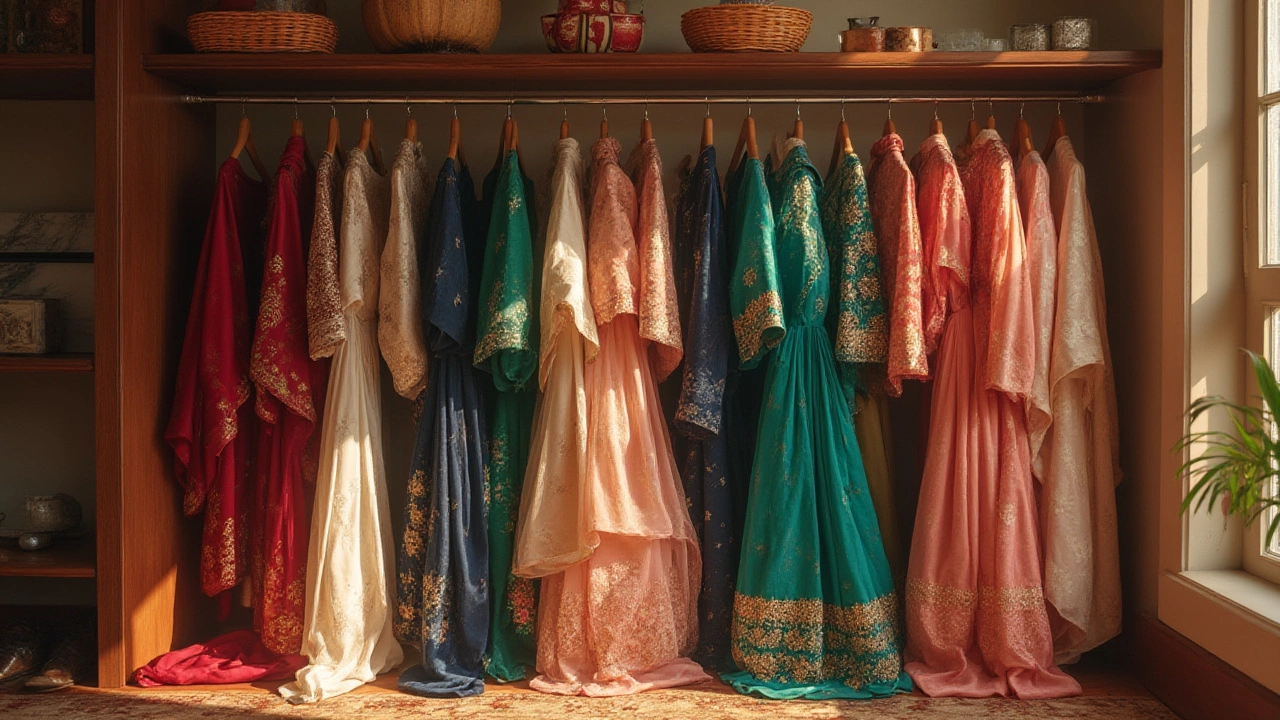Color Matching Essentials for Everyday Style
When working with Color Matching, the practice of pairing hues and shades to create harmonious outfits. Also known as color coordination, it helps you look polished and express your personal style. You’ll notice that a well‑matched outfit does more than look good – it sends a visual cue about confidence and attention to detail. Whether you’re picking a shirt for a meeting or a dress for a night out, the right color combo can make a modest piece feel runway‑ready.
Why Color Matching Matters
Good color matching isn’t magic; it’s built on a few simple rules that anyone can learn. Start with a neutral base – think black, white, navy, or beige – then add a pop of color that sits next to or opposite that hue on the color wheel. This approach lets you experiment without risking a clash. It also saves money because you can remix the same pieces in countless ways.
Understanding Color Psychology, how colors affect mood and perception. For example, red can signal energy and confidence, while blue often feels calm and trustworthy. By aligning the mood you want to convey with the right shade, you turn a simple outfit into a statement. A blazer in deep navy paired with a crisp white shirt projects professionalism, while a mustard tee adds a friendly, approachable vibe.
When you step into the world of Suit Color, the choice of hue for a suit and its impact on occasion and skin tone, the stakes rise a bit. Traditional business settings favor charcoal, navy, or black, but a subtle teal or burgundy can set you apart without breaking dress codes. Look at the fabric’s undertone – a cool‑gray suit pairs best with a cool‑blue shirt, while a warm‑brown tweed shines with an earthy olive tie.
Beyond the theory, practical steps keep you on track. 1) Inventory your wardrobe: note which neutrals you own and which accent colors are missing. 2) Use a simple color palette: choose three main colors – a base, a secondary, and an accent – and stick to them for a week. 3) Test in natural light; artificial lighting can distort shades, leading to unexpected clashes. 4) Accessorize wisely: scarves, belts, and shoes are low‑cost ways to introduce a new hue without overhauling the whole look.
With these fundamentals in mind, you’re ready to explore deeper guides that tackle specific scenarios – from picking the best shirt colors to appear friendly, to mastering evening dress shades, and even how to style skinny jeans with the right tone. Scroll down to see curated articles that break down each topic, giving you actionable tips you can apply right away.
Timeless Color Combinations: What Shade Goes With Everything?

Uncover which color pairs well with any other, and learn how to build a stylish wardrobe using foolproof color secrets. Find easy ways to master color matching and timeless looks.
- Jul 30, 2025
- Violet Greenfield
- 0
- Permalink